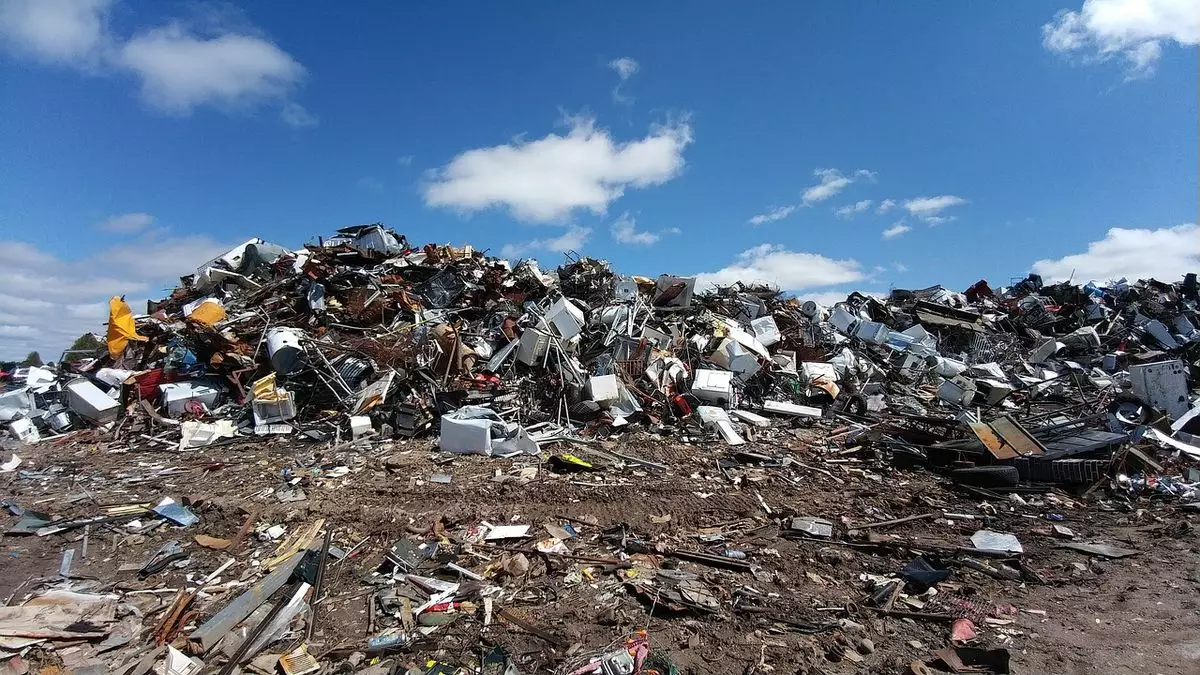In the realm of digital currencies, few stories are as compelling—or as poignant—as that of James Howells, a British IT specialist who, through an unfortunate series of events, misplaced a hard drive containing 7,500 Bitcoin. This tale, which began in 2013, takes us through a labyrinth of regret, legal disputes, and the astonishing volatility of cryptocurrency markets. As Bitcoin’s value has surged since Howells’ initial misstep, so too has the narrative surrounding his lost fortune, raising questions about ownership, responsibility, and the ethics of reclaiming digital assets.
Howells’ journey toward what could potentially be one of the most remarkable recoveries in financial history started with a seemingly innocuous act: cleaning up his office. He mistakenly discarded a hard drive worth millions at the time—an act that many would deem reckless, if not utterly foolish. With Bitcoin’s value escalating to around $750 million today, the weight of that decision looms larger than ever. One must ponder how a single choice can lead to such a profound and costly outcome, especially in an era where digital assets can fluctuate wildly in value.
Since realizing his blunder, Howells has fought relentlessly to retrieve his treasure from a Newport, Wales landfill. His determination is commendable and highlights the lengths to which individuals will go when faced with financial desperation. Nevertheless, he faces insurmountable challenges, from local government regulations to environmental concerns. Newport City Council retains ownership of all landfill contents, claiming to adhere to strict environmental policies that prevent the excavation of the site. In a landscape already fraught with complexity, one has to sympathize with Howells while recognizing the limitations imposed by bureaucracy—a clash of personal ambition against institutional rigidity.
In 2023, as the stakes grew even higher, Howells intensified his efforts to reclaim his lost fortune, threatening legal action against the council for an eye-watering $500 million in damages. His intentions were clear: seeking justice for a mistake that has haunted him for nearly a decade. Yet the council’s response was resolute; they rebuffed his claims, citing legal impunity and environmental responsibilities. The courts have sided with the council, turning down his demands and effectively dismissing his claims. This dismissal not only marks a legal setback for Howells but also underscores the harsh realities of navigating public governance.
Equally intriguing is how the narrative surrounding the incident has evolved. Early accounts portray Howells as an unfortunate victim of his own negligence, while later narratives have suggested that the hard drive was intentionally placed in a bag, which was subsequently mistaken for refuse and thrown away by his partner. Such nuances in the story could potentially shift the legal landscape. If Howell can convincingly argue that the drive was not meant to be disposed of, it might bolster his case or at the very least reinvigorate discussions about ownership and liability. Legal theories aside, the emotional weight of this scenario cannot be overstated.
However, the environmental implications of excavating a landfill intensify this saga. The council maintains that any excavation efforts could have detrimental effects on the local ecosystem. This presents a moral quandary: how does one balance the gain of an individual against the potential harm to the environment? In our increasingly consumerist society, such questions are vital yet often overlooked. Should Howells’ quest be pursued at such ecological costs, even for a potential windfall of enormous proportions?
As the Bitcoin saga continues to unfold, more inquiries emerge about the nature of ownership in the digital currency sphere. With nearly a billion dollars possibly lying in a dump, issues of economics, ethics, and environmental stewardship converge in a way that merits deeper contemplation. It is a modern parable; a reflection of our own struggles with technology, accountability, and the volatile dance of fortune that captivates the digital age.
While the outcome of Howells’ plight remains uncertain, it serves as a reminder of the complexities that accompany fast-moving technological advancements and the unpredictable nature of financial assets. The saga continues to evoke curiosity and speculation, capturing the imagination of those who wonder what lies ahead. As Bitcoin’s value appears unstoppable, the narrative is far from over. Indeed, until the lost treasure is reclaimed—or buried deeper—it is a story that will continue to spark interest, discussion, and perhaps, reflections on the weight of our choices in a digital world.

